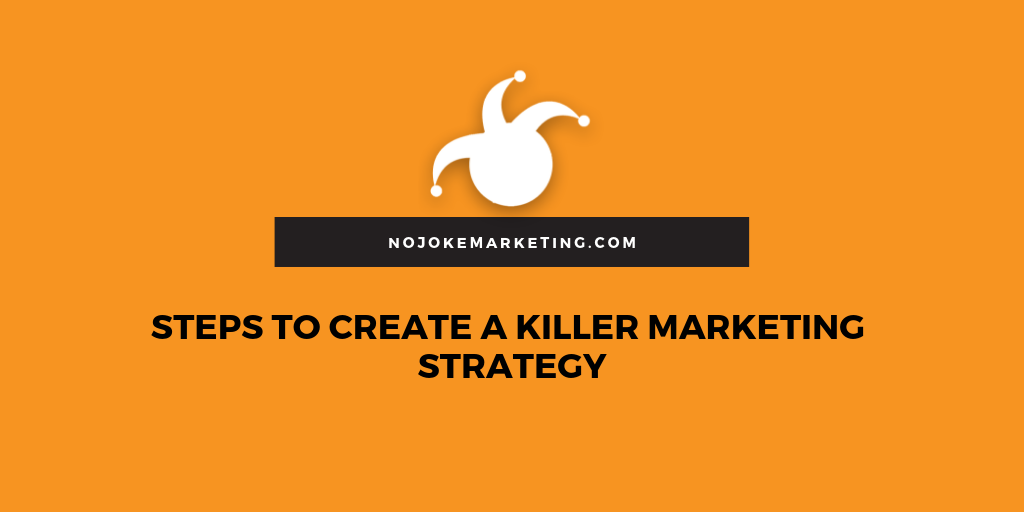To ensure that the growth and success of the businesses are sustained, companies work on employing various marketing strategies to attract more potential customers. Marketing basically revolves around generating leads and converting them to sales. However, it is one of the biggest challenges that companies face. That is the reason why they continuously change and improve their marketing strategies until they arrive at something that will be effective in generating contacts, as well as making sure that these contacts are quality and worth nurturing for the future.
Businesses have differing lead generation tactics. Some have very simple and straightforward strategies while some are a little bit complicated. There is no right or wrong process because, at the end of the day, there will be a need for constant creating, testing and improving until you can implement a strategy that works for your company. However, if the current lead generation strategy you have in place does not seem to give you the results you want to see, you may want to revisit your process and simplify it to the following steps.
1. Acquire leads
The very first step in a lead generation process is acquiring leads. There are plenty of ways to which you can have this done, although the most common method used by many businesses is email marketing. Aside from utilizing email, you can attract more leads to your website by generating content that you can share in various marketing channels. Your content can be in the form of blog posts, eBooks, infographics, white papers and other materials that will suit your audience and your type of business. It will also help you have them shared on your social media channels like Facebook, Twitter, LinkedIn or wherever your target market is active.
2. Capture lead information
The next step is for you to capture the information of your lead so that you can do sales follow up or contact them for future nurturing. To make it more efficient, it will be better if you have the online form embedded in your website or social media profiles. Once a lead has reached a point where they have shown interest in your content and signed up on your form, it means that this visitor is now considered a newly acquired lead.
3. Analyze form submissions
As a business, you should already know the type of leads that you need. And even if you have previously acquired numerous new leads, you still need to check if they are quality ones because not all of them can be potential customers, and not all of them may not convert to sales. As to how you can do it, you need to dig into your data, and Google Analytics can come in handy in this step.

It is crucial that you focus your efforts on the better quality leads because these are the ones that will create a more significant impact on your sales. These are the ones who have already shown interest in your content, as well as your services and it means that there is a good chance that you will be able to convert them to sales.
Once you have your list of leads, it is essential that you continually nurture them so that they move towards the next step in your sales funnel. It should be your goal to retain their interest, and you can make it happen by building a relationship with them over the phone or through email. And when the time is right and when they are ready, they will be taking the next step with your company.
4. Pass leads along to your sales team
Your lead management process should include different stages to ensure a continuous flow of leads from the very first step until the end of your sales funnel. Your marketing efforts should make sure that your lead generation process begins with reaching leads, retaining their interest and nurturing them so that they do not drop off and you don’t lose them anymore. You need to make sure you establish they desire to interact with your company.
Your sales team will then handle the succeeding steps. They are now in charge of moving an interested customer to finally take action through conversion. And then, as soon as a customer purchases your product and services, your sales team should continue to give them a positive experience so that they can be retained.
5. Iterate and evaluate lead generation process
Because marketers continuously do lead generation, iteration must be done. This is where you can scrutinize your whole process if there is anything that you need to tweak in your campaigns. Scrutiny and evaluation are necessary to ensure that your lead generation efforts are working effectively to bring in new leads. And its purpose does not just stop there. These leads have to be nurtured and be successfully converted to sales.
One of the excellent ways to polish your lead process is by identifying which part of the sales funnel your leads drop off. And from there, you need to dig deeper to what’s causing the drop and resolve the issue, while trying to also come up with another solution on how you can recapture the lost leads. One of the main reasons why leads drop off is because before they were even moved to sales, their interest did not develop enough for them to take the next step; so if you have the same observation with your own process, you need to devise a solution on how to avoid this moving forward. Recapturing lost leads is possible, but it will again cost you money, time and effort.

The whole process of leads generation is not something that you can perfect the first time, and even if it takes you several repetitions, revisions, and improvement, you should not feel frustrated. If that’s what it takes to make you polish your process and make it effective for your organization, it will be worth your time and energy, especially once you start seeing better results in your sales.









